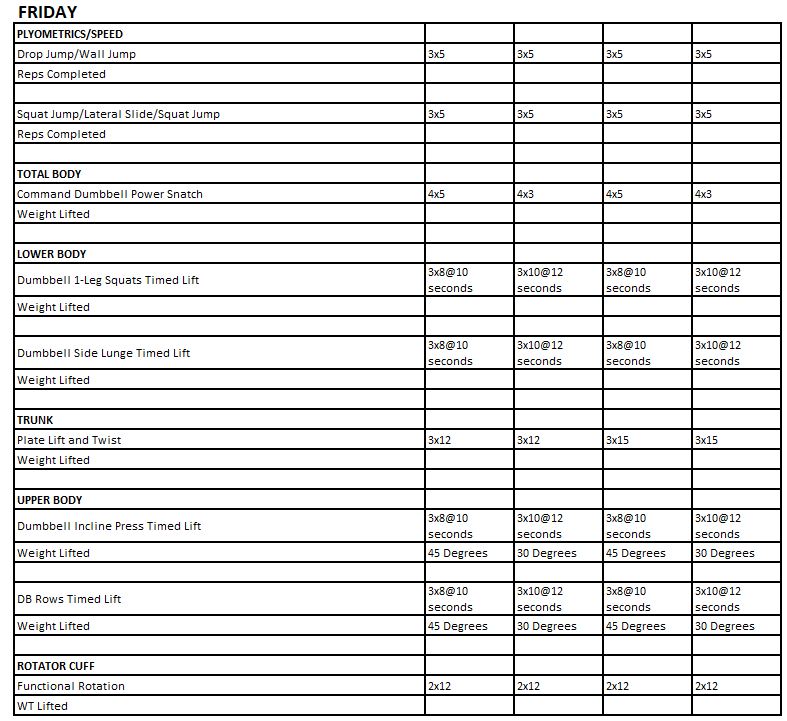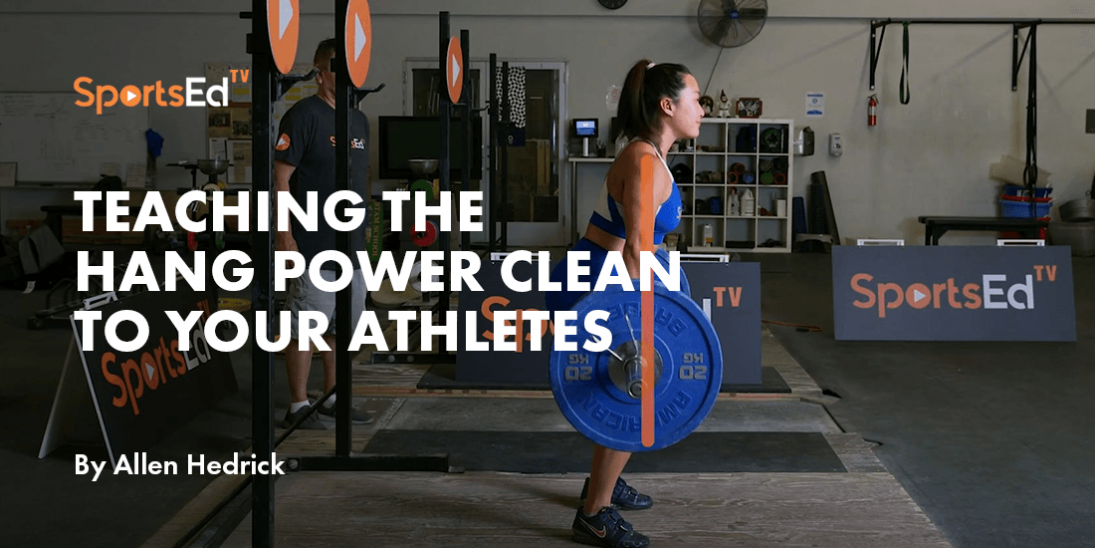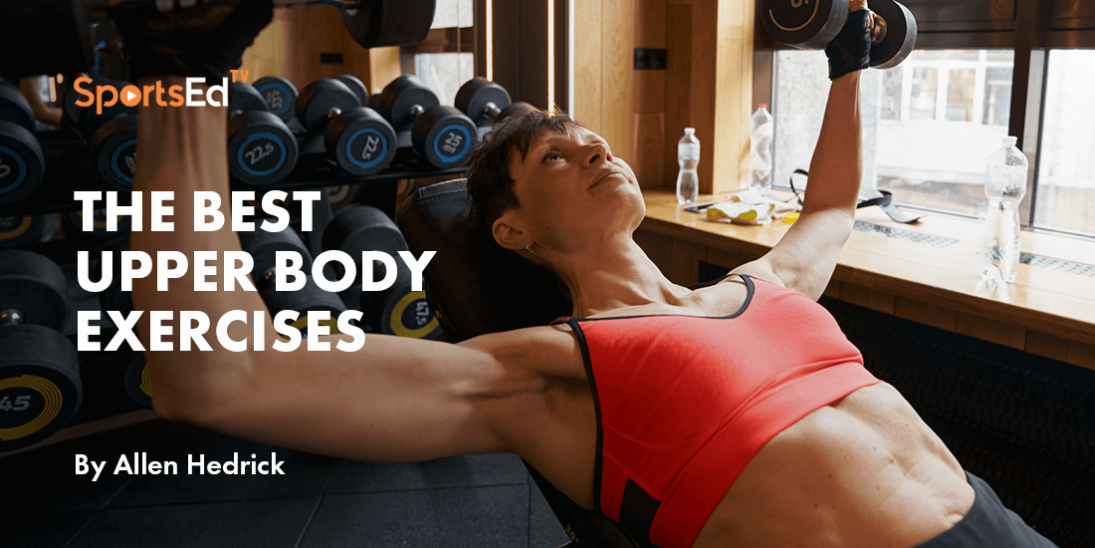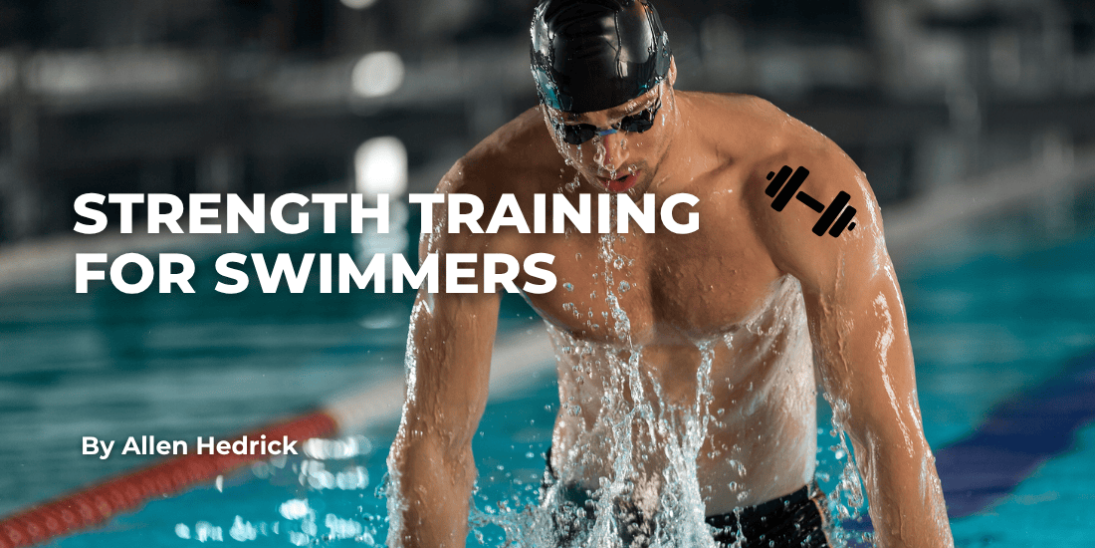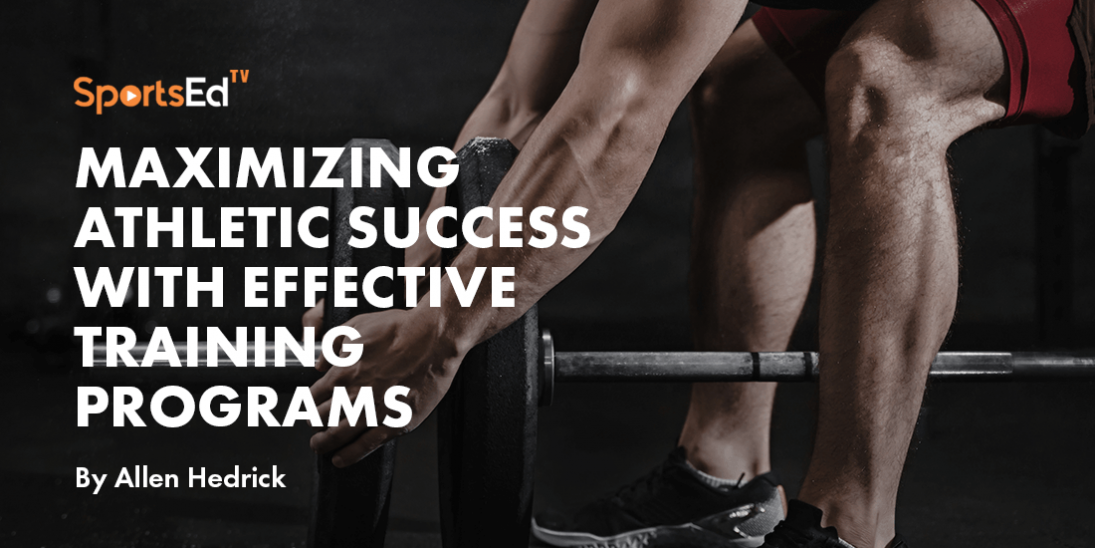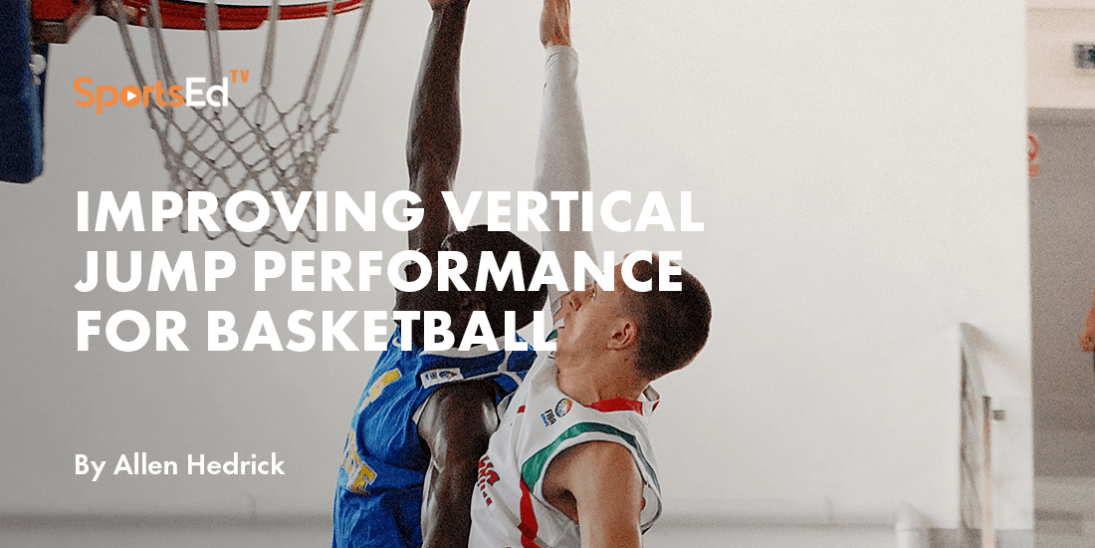Volleyball
Welcome and thanks for visiting...

How to jump higher in volleyball
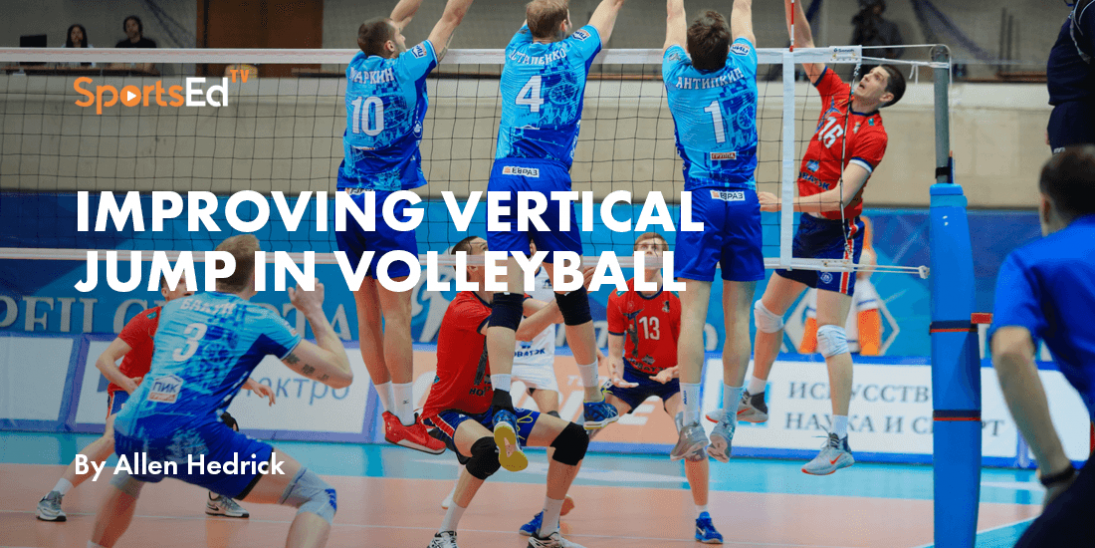
This article aims to highlight the significance of vertical jump ability in volleyball and provide guidance on training to enhance jump performance. According to Hedrick (2022), vertical jump proficiency is crucial for spiking, blocking, and jump serving in volleyball. Similar to sprinting, vertical jump performance is primarily innate, meaning individuals with superior vertical jump capabilities are often naturally endowed with the necessary physical traits. Nevertheless, training can enhance vertical jump performance (Darmiento, 2012). This article discusses the best training strategies to achieve this enhancement.
Importance of Power in Vertical Jump Performance
Jumping ability correlates with muscle power, and athletes with greater muscle power typically achieve higher jumps (Hedrick, 2022). Generating high levels of muscle power is a well-established predictor of sports performance, extending beyond vertical jump performance. Measuring muscle power directly is challenging and often impractical for coaches, leading many to use the vertical jump test as an indirect measure of lower body power. While power and jumping are not identical, they are linked, with power and jumping ability contributing to success in various sports. Despite this clear relationship, the optimal strategy for enhancing power and vertical jump performance remains uncertain (Darmiento).
Training Methods
Understanding that power is vital for sports performance, including vertical jumps, and that it can be improved through training, it is logical to assess effective training methods for enhancing vertical jump performance. Darmiento suggests that low-intensity/high-speed exercises like plyometrics improve velocity, high-intensity/low-speed exercises like heavy squats increase force production, and weightlifting exercises enhance both force and velocity. Therefore, an ideal training program should combine different training methods and loading schemes to address specific athlete strengths and weaknesses.
Plyometric Training
Plyometric exercises, such as jump squats, countermovement jumps, and drop jumps, are crucial for training. Assisted training, which involves a harness system reducing body weight by 10-30%, significantly improves peak velocity, peak acceleration, relative peak power, and vertical jump height while reducing landing impact forces (Darmiento). Although assisted training shows positive effects, more research is needed to evaluate its effectiveness accurately. Traditional full bodyweight plyometric training can improve vertical jump height by 4-9% and power by 2-31% in both athletic and non-athletic populations. Plyometric training is practical, requiring minimal equipment and technical skill (Darmiento). Hedrick (2008) agrees, noting that plyometric training enhances vertical jump performance by increasing hip and thigh power specific to the vertical jump.
Adding external loads, like weight vests or elastic bands, during plyometric exercises can be beneficial (Darmiento). Resisted jumping leads to greater improvements in vertical jump height and peak power compared to bodyweight plyometric training. However, increased external loads decrease movement velocity and raise impact forces during landing, potentially causing discomfort, soreness, or injury (Darmiento).
Resistance Training
Heavy strength training targets force generation and should be combined with plyometric training to improve vertical jump performance, especially in well-trained athletes where maximal strength training alone may not suffice (Darmiento). For power development, most strength training should emphasize explosive lifting at maximal velocity. Increasing strength levels is advantageous for maximizing power development, given the positive relationship between strength and power (Hedrick, 2022). Supplementing standard resistance training with variable resistance (e.g., elastic bands) can improve mean and peak velocity, rate of force development, and peak force and power (Darmiento).
Weightlifting
Weightlifting demands simultaneous high force and velocity production, similar to vertical jump performance (Darmiento). Weightlifting movements facilitate simultaneous gains in velocity and force, making them highly effective for improving leg power. Weightlifters, recognized for their power and fast-twitch fiber activation, excel at jumping and produce more power than athletes focusing solely on maximal speed or strength (Darmiento). Despite some debate, weightlifting movements are as effective as plyometric training in enhancing jumping and improving strength. The complexity of weightlifting, which enhances performance, may deter some from coaching or performing the movements (Darmiento).
Alternative training methods, like medicine balls and kettlebells, provide similar but not identical benefits to weightlifting movements. These methods should be considered supplements, not substitutes, for weightlifting, particularly in trained athletes (Darmiento).
Mixed Training Method
The optimal approach to improving vertical jump performance combines plyometric training, resistance training, and weightlifting into a cohesive program. Darmiento notes that combining plyometric and resistance training yields greater improvements in vertical jump height and power output compared to plyometric training alone. Weightlifting movements enhance lower body velocity and force, making them ideal for vertical jump training.
Example Training Program
The following training program aims to develop power and enhance vertical jump performance. It assumes prior preparatory training. Simplified for clarity, this program was used by the author as a strength and conditioning coach in a university setting, supervised by a certified coach. The program focuses on power and endurance on Mondays and Wednesdays and shifts to endurance and power on Fridays. Key components include:
- Total Body: Weightlifting movements performed with a barbell or dumbbell.
- Timed Lifts: Exercises with a time component, emphasizing lifting speed.
- Command Exercises: Weightlifting movements initiated by an external command, simulating visual triggers in volleyball.
- Complex: Pairing resistance training with plyometric movements.
- Superset: Performing two resistance exercises back-to-back with minimal rest.
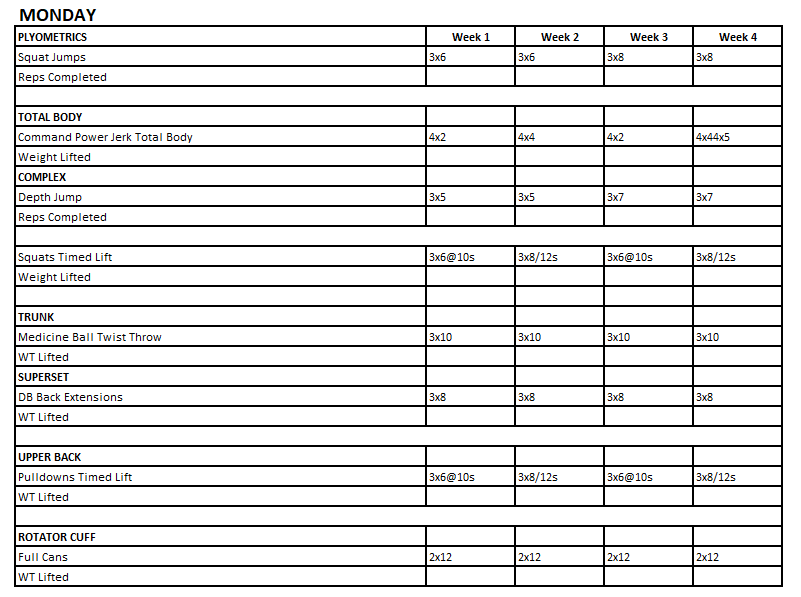
Cycle: Power/Endurance 1
Duration: 4 weeks
Objective: Enhance power/endurance due to the positive correlation between power/endurance and performance.
Intensity: For total body lifts (weightlifting movements), complete the full number of repetitions for each set. For timed exercises, complete the full number of repetitions within the specified time frame.
Pace: Execute total body lifts explosively. For other exercises, lift the weight explosively and control the descent.
Rest: 2:00 minutes between all sets and exercises.
Set/Reps Scheme:
Week 1:
- Total Body: 4 sets of 3 reps
- Timed Lift: 3 sets of 6 reps in 10 seconds
Week 2:
- Total Body: 4 sets of 5 reps
- Timed Lift: 3 sets of 8 reps in 12 seconds
Week 3:
- Total Body: 4 sets of 3 reps
- Timed Lift: 3 sets of 6 reps in 10 seconds
Week 4:
- Total Body: 4 sets of 3 reps
- Timed Lift: 3 sets of 8 reps in 12 seconds
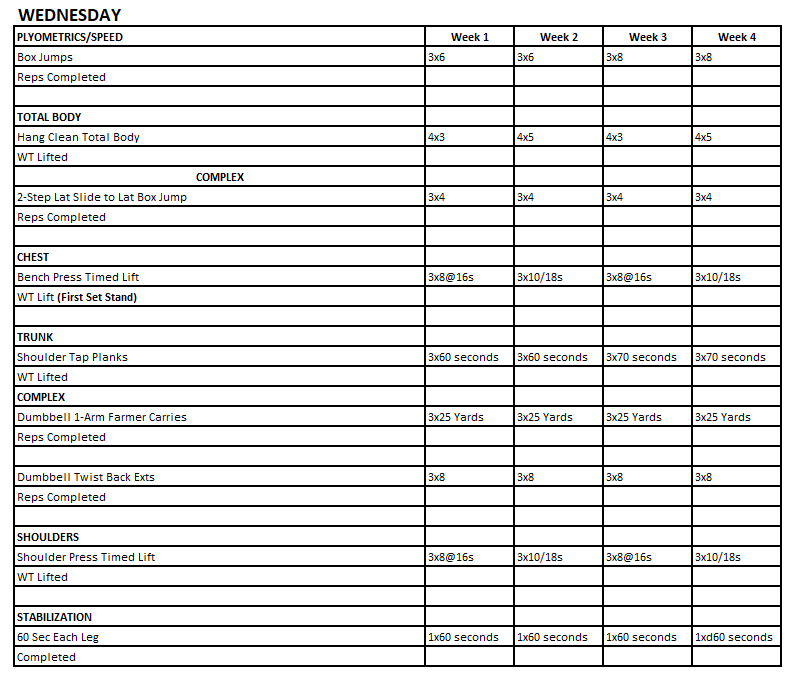
Cycle: Endurance/Power (2)
Duration: 4 weeks
Objective: Increase endurance/power due to the demands of the sport.
Intensity: For total body lifts, complete the full number of repetitions for each set. For timed exercises, complete the full number of repetitions within the specified time frame.
Pace: Perform total body lifts explosively. For other exercises, lift the weight explosively and control the descent.
Rest: 1:30 minutes between total body sets and exercises. 1:15 minutes between all other sets and exercises.
Set/Reps Scheme:
Week 1:
- Total Body: 4 sets of 5 reps
- Timed Lift: 3 sets of 8 reps in 10 seconds
Week 2:
- Total Body: 4 sets of 3 reps
- Timed Lift: 3 sets of 10 reps in 12 seconds
Week 3:
- Total Body: 4 sets of 5 reps
- Timed Lift: 3 sets of 8 reps in 10 seconds
Week 4:
- Total Body: 4 sets of 3 reps
- Timed Lift: 3 sets of 10 reps in 12 seconds
